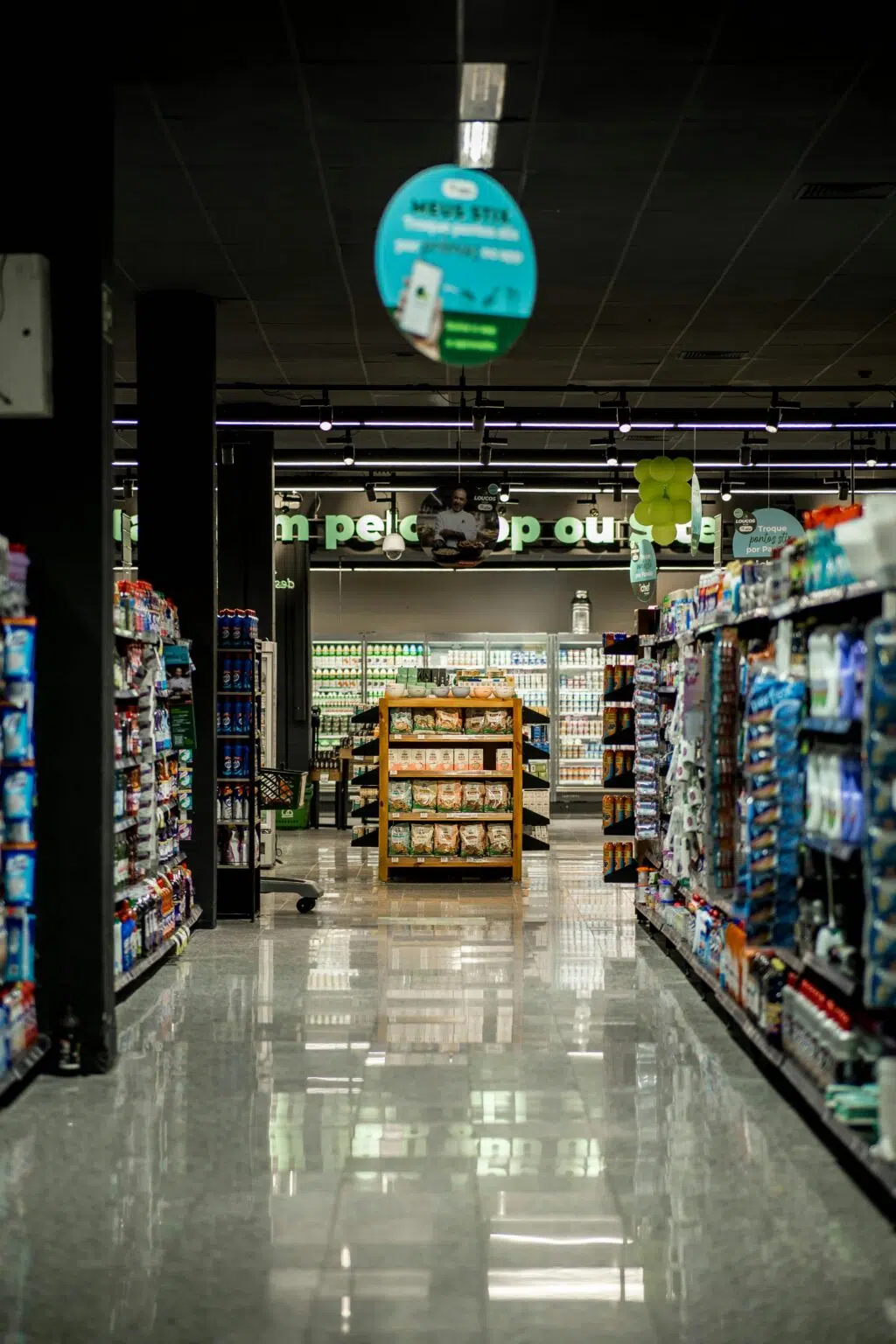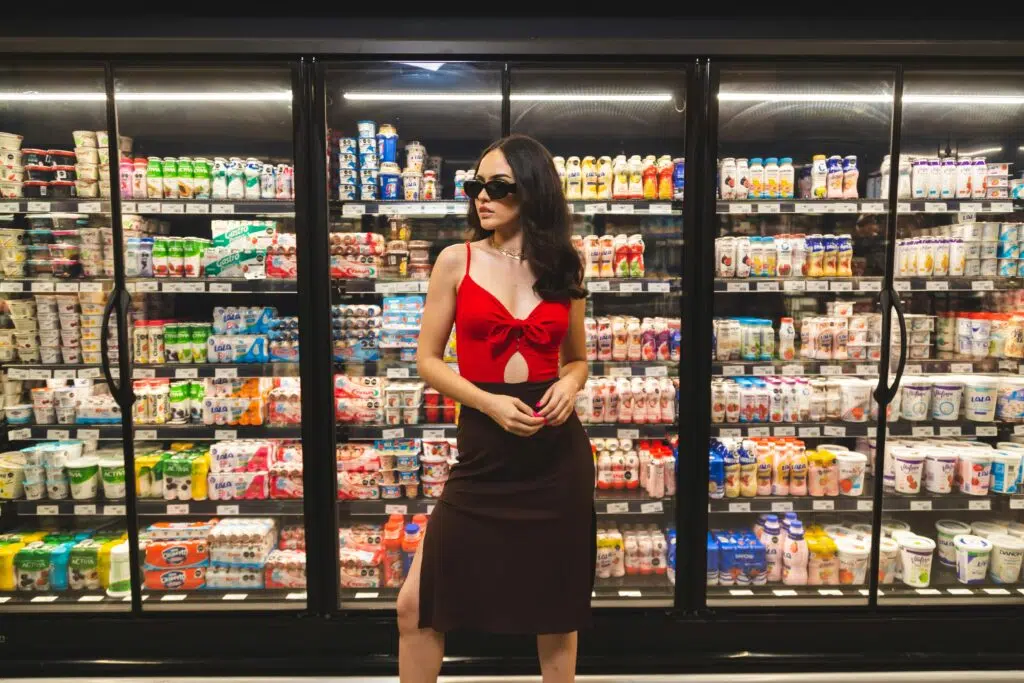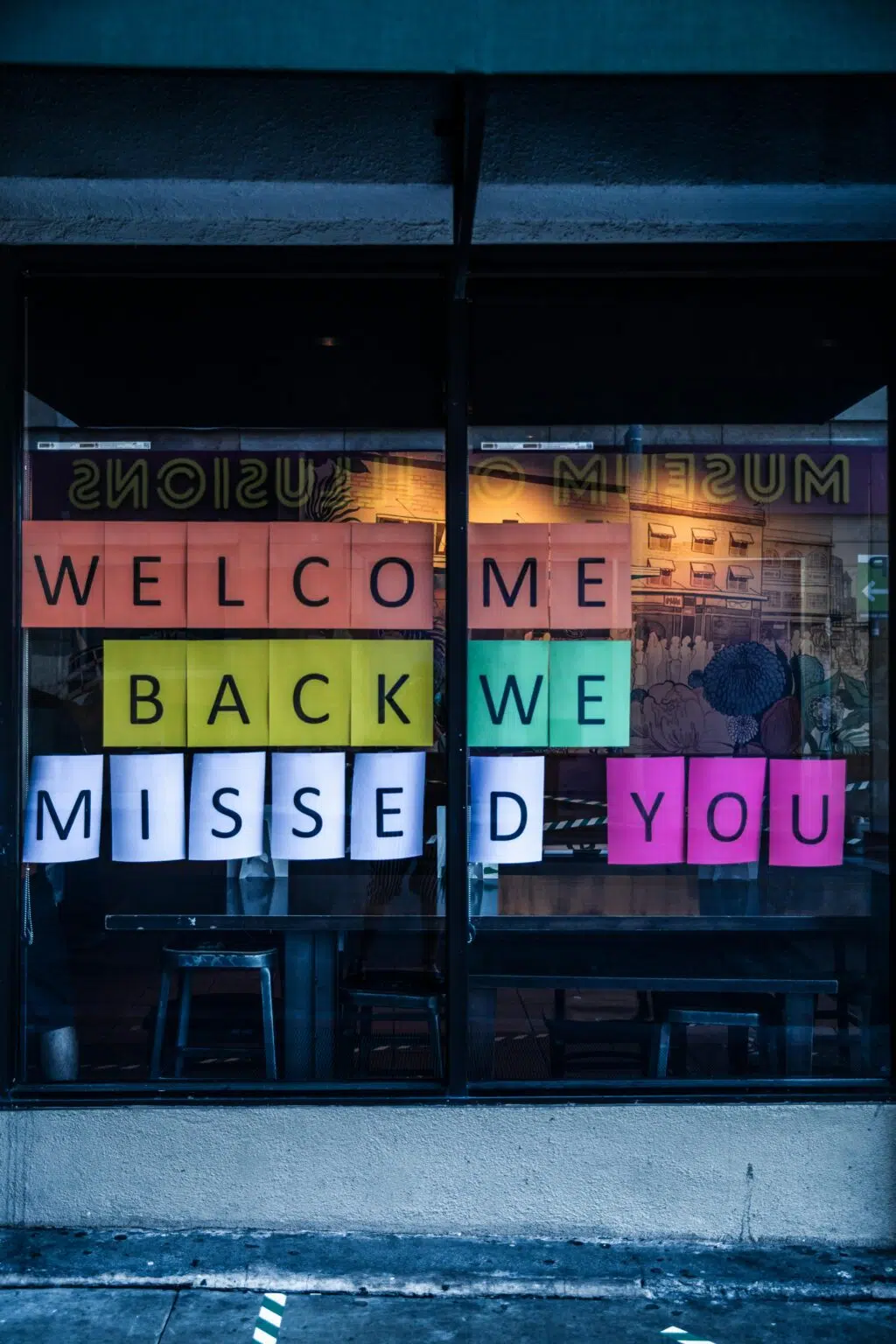Have you ever walked into a grocery store for a few items but left with a full cart? That’s no accident. Grocery stores are designed to influence your spending. There are several common layout traps that stores set for you to buy things you didn’t set out to purchase. Here are some of the ways you can outsmart them.
1. Placing Essentials at the Back of the Store

Grocery stores strategically place essential items like milk, bread, and eggs at the back of the store. This layout forces shoppers to navigate through aisles filled with enticing products, increasing the chance of impulse buys. Food writer Michael Pollan even suggested that many stores put common necessities far apart from each other, like milk and bread, to ensure each customer covers even more ground.
To avoid overspending, shoppers should create a shopping list beforehand and stick to it. You might even consider making your list in the order that the store is laid out to stay on track and ignore those Oreos on aisle three altogether.
2. Bright Produce Displays Near the Entrance

Grocery stores strategically position fresh produce near the entrance for psychological reasons. These products create the perception of freshness and health. Shoppers might load their carts with these items. Well, that’s the hope of the grocery stores anyway. Having these brightly colored items at the front of the store is done in hopes that it will encourage you to make impulse buys (we’re looking at you, apples rotting on the counter a week later).
The best thing you can do is go through the produce section last. It will help you ensure your fresh veggies and fruits aren’t sitting at the bottom of your cart underneath everything else. It’ll put you closer to the checkout. By then, you’ll be tired of shopping, and impulse buys are less likely.
3. End Cap Displays with “Deals”

Those eye-catching displays at the aisle end often feature products the store wants to sell. The problem is that those displays are not always genuine deals. Such setups can lead shoppers to grab items that weren’t on their list.
Always check unit pricing to ensure you’re getting a bargain. You should also take the time to compare prices down the aisle rather than just pick up what’s on the end cap. Even if it’s something you were going to buy anyway, price comparison is your best friend when it comes to saving at the grocery store.
4. Checkout Aisle Impulse Buys

Impulse buys are strategically placed near the checkout. Items like candy bars, magazines, and small gadgets prey on your decision fatigue at the end of a shopping trip. You’re tired. You’re ready to be done, but hey doesn’t a Twix bar in the car on the way home sound great?
To resist temptation, avoid browsing while waiting in line. Remember, you don’t need those extra items. Instead, use this time to double-check your list and organize your coupons for a smooth checkout experience.
5. Strategic Shelf Placement

Grocery stores often use clever tactics to influence your purchasing decisions. For instance, they strategically place high-profit margin products at eye level, making them more likely to catch your attention. More affordable options, on the other hand, are often relegated to lower or higher shelves.
To avoid falling for this trap, make sure to scan all shelf levels to find the best value for your money. Additionally, don’t automatically assume that name-brand products are superior; generic alternatives can often offer comparable quality at a lower price.
6. Music and Lighting Influence

Retailers often use tactics like soft lighting and calming music to create a relaxing environment for shoppers. This encourages customers to linger and browse, leading to more impulse purchases. My local grocer plays laid-back pop music from the 90s most of the time. This puts everyone in a good mood and willing to spend more than they likely need to.
To avoid overspending, it’s important to be mindful of the time you spend in the store and stick to your shopping list. Do not let the good music fool you into overstaying. I’ll even shop with headphones, listening to an audiobook to avoid listening to whatever music they have on in the store.
Be Aware of These Grocery Shopping Tricks

Grocery store layouts use psychology to increase spending and profits, but knowing their tactics helps you shop smarter. Stay focused, stick to your list, and take control of your spending habits. A little awareness goes a long way toward saving money.